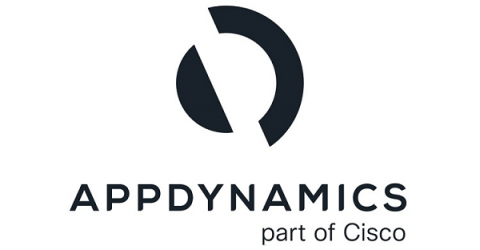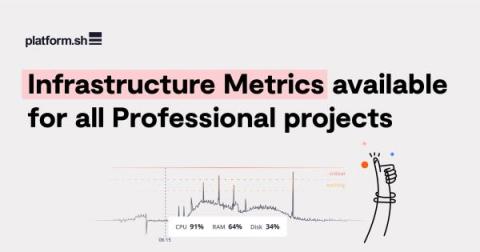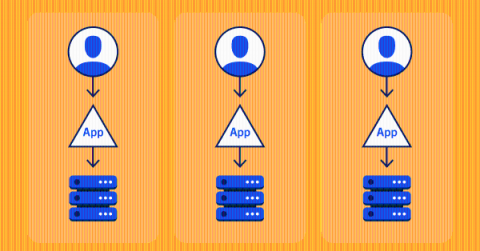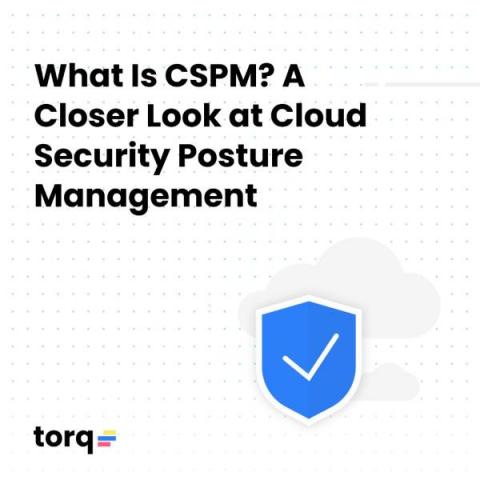Operations | Monitoring | ITSM | DevOps | Cloud
Latest News
Agents of Transformation: Talking about cloud migration with AppDynamics GM Linda Tong and Match.com's Garrick Linn
Finding true love is never easy — nor is migrating to the cloud during a pandemic. Learn how Match.com, with help from AppDynamics, deftly managed its digital transformation while helping humans make meaningful connections.
Infrastructure Metrics available for all Professional projects
The path to success in software development can be long and challenging. It requires a lot of skills and dedication as it’s not just about building applications, it’s so much more. It is also about being tailored for any situation, requiring us to be quick to adapt to change and to the unexpected.
Building a SaaS Architecture with a Single Tenant Application
Most products that run as Software-as-a-Service (SaaS) are built to be multi-tenant, meaning that a single instance or deployment is meant to be used by multiple organizations. There’s a good reason for this: it’s generally easier to scale and operate multi-tenant applications. But in this new age of containers, orchestration, infrastructure-as-code, and Kubernetes, where it’s cheaper, faster, and simpler to deploy a new instance of an application, that may no longer be the case.
How Blockchain Achieves Safer Cloud Storage for Photos
What Is CSPM? A Closer Look at Cloud Security Posture Management
As we previously discussed in the Automating Your Cloud Security Posture Management (CSPM) Response blog post, CSPM is a vital component in any environment leveraging cloud services. Whether you are using a single cloud or are in a multi-cloud scenario, the complexity of these cloud platforms is constantly expanding. Staying on top of new changes in policies and functionality to ensure that you are maintaining a secure environment is daunting - and almost impossible to do without automation. No one has the resources to spend on maintaining a large team of cloud specialists who just audit everything that is in use.
AIOps SaaS vs. On-Premises: What You Need to Know
Changes in the way organizations consume technology are reflected in the growth of the software-as-a-service (SaaS) market.
Confidential Computing and financial services cloud
Cloud computing has been transforming financial IT infrastructure into a utility allowing financial institutions (FIs) to access computing resources on-demand letting FIs offload costs and effort of setting-up and managing their own on-premises infrastructure, improving agility and time to business value. As more and more financial institutions rely on hybrid cloud services, data security in the cloud is a business imperative.
Aligning Dell's Industry-Leading Storage and Data Infrastructure Portfolio With a Comprehensive Monitoring and Optimization Platform
Dell Technologies World is upon us, and in addition to being a welcomed return to the in-person format, it’s also an opportunity for me to reflect on Virtana’s long history with Dell, our integration points, and the synergies with the Dell portfolio.











